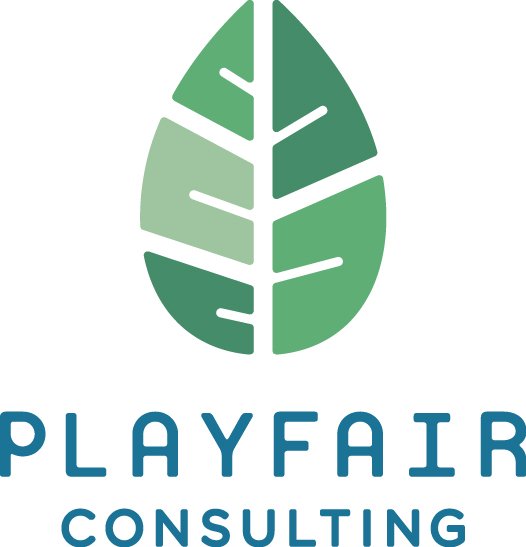ACT and OCD
I was trained in a CBT program and then dove head-first into ACT training after graduation so the truth is, the differentiation between these two behavioral therapy paradigms has always been a bit fuzzy to me. Sure, if you asked me to write a term paper on the differences, I could do that but in practice, I meld the two in the way that makes sense to me, to serve clients. So when asked by a colleague about ACT and OCD, I realized that I hadn’t done much pure-ACT, without ERP for OCD. I found myself wondering why.
It turns out there is modest research support for using ACT without the ERP component (Twohig et. al., 2010) but stronger research for combining ACT and ERP and since this research was published not long after I went into practice, I’ve always combined them and it’s that combination upon which I base my own practice and advice to other clinicians and clients.
Join ACBS if you love this stuff!
If you want to nerd out on ACT-ERP, my colleagues, Brian and Patricia at Portland Psychotherapy have an awesome presentation here. You may need to be a member of ACBS to access it but I promise you that membership is WELL worth it.
If you need the TLDR version, here are some primary points:
Traditional CBT ERP focuses on reducing distress through habituation to feared stimuli, resulting in reduced fear response. (Do the thing and you’ll get less scared.)
Newer CBT ERP (inhibitory learning) focuses on learning that things are safe by violating expectations of danger and learning safety associations with previously feared stimuli. (Do the thing and you’ll get less scared.)
ACT standalone focuses on radical acceptance of private experiences (sensations, thoughts, etc.) and restructuring how the OCD suffer’s private and public use of language works via contextualizing and metaphor. And of course it also emphasizes valued action (Let’s change how you’re thinking about this and get you to do valuable things with your time.)
ACT ERP focuses treatment on helping the client do more valued activities even if it scares them, by breaking down barriers to valued action with exposure in the context of valued behavior. PLUS, it also adds in the contextualization, acceptance, de-fusion, and metaphor skills that exist in ACT. (What important things have you given up becuase of your OCD? Let’s try to get you doing those again so you can be more flexible in your behavior and feelings).
I think the ACT ERP is easier to generalize into everyday behavior after clients are done with therapy. I try to teach them the whole ACT ERP framework so that over the course of their life, they can notice when their OCD starts to tighten back up and they can apply therapy skills to regain flexibility. It makes more sense because it emphasizes the ability to do valuable things and NOT just being able to do really gross or scary things that seem to be arbitrary treatment goals.
References
Twohig, Hayes, Plumb, Pruitt, Collins, Hazlett-Stevens, & Woidneck. (2010). A randomized clinical trial of acceptance and commitment therapy versus progressive relaxation training for obsessive-compulsive disorder. Journal of Consulting and Clinical Psychology, 78, 705-716.
